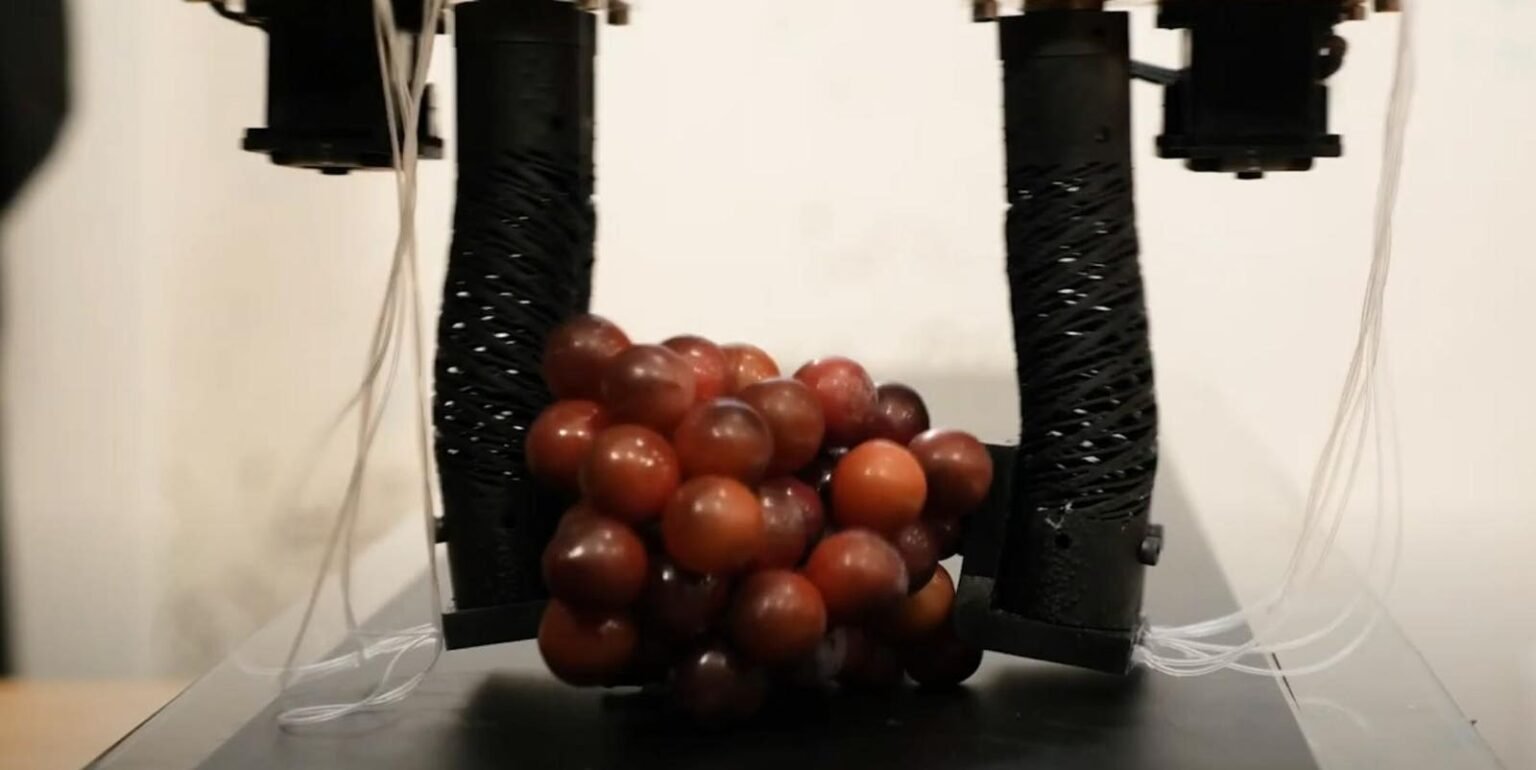Researchers at MIT’s CSAIL are developing a new soft robotic system called RoboGrocery that can automatically pack groceries based on weight, size, and shape without causing damage to the items. This system integrates vision technology, motor-based proprioception, soft tactile sensors, and a unique algorithm to make packing decisions as the items move along a conveyor belt. This innovation is seen as a paradigm shift in automation that enhances precision, reduces waste, and adapts seamlessly to modern retail logistics needs.
RoboGrocery utilizes RGB-D cameras, servo motors, and soft tactile sensors to detect the shapes and sizes of groceries as they move along the conveyor belt. The cameras provide depth information and color images to accurately determine object characteristics, while the motors offer precise control for adjusting the gripper’s grasp based on individual item properties. With integrated sensors in the gripper fingers, the robot can measure pressure and deformation, providing valuable data on the stiffness and fragility of the items. In tests, the system showed significant improvement in reducing item-damaging actions compared to traditional methods.
The robotic system assesses each grocery item, identifies delicate items, and packs them carefully or places them in a safe zone on the belt for later packing. In a study, ten randomly selected grocery items were placed on the conveyor belt, including delicate items like grapes and heavy items like soup and baking soda boxes. The system accurately identified the delicate grapes and assigned them a high delicacy score, placing them in a buffer zone. Conversely, non-delicate items like soup were packed directly into bins based on low delicacy scores. The robotic hand’s microprocessor chip processes sensory data in real-time to make efficient packing decisions without causing damage to delicate items.
RoboGrocery’s ability to assess items, determine delicacy, and pack efficiently without causing damage sets it apart from conventional robotic packers. Although the project is still in the research phase, researchers believe it has the potential for broader applications beyond grocery packing. Director Daniela Rus envisions expanding the manipulation capabilities of robots and bringing them closer to assisting people with physical tasks. The global retail logistics market is projected to reach $809.7 billion by 2032, highlighting the growing demand for automation and robotics solutions in the industry.
With the integration of advanced technologies like vision, proprioception, and soft tactile sensors, RoboGrocery represents a significant advancement in robotic automation for grocery packing. The system’s performance in reducing item-damaging actions compared to traditional methods underscores its potential for enhancing precision and efficiency in retail logistics operations. As researchers continue to refine the technology and explore new applications beyond grocery packing, the impact of RoboGrocery on the robotics industry and automation in retail is likely to be substantial in the coming years.

